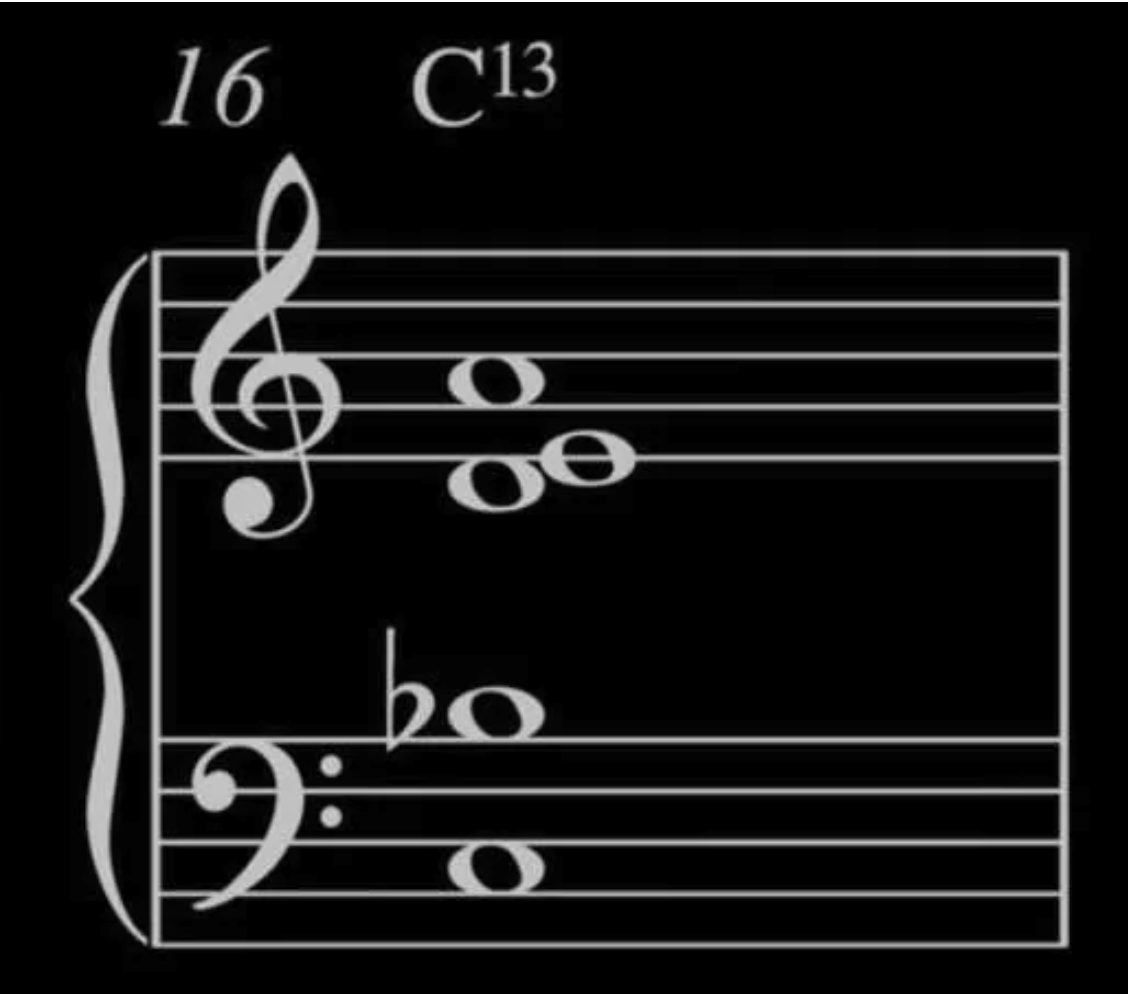
Decoding Complex Chords Like a Pro with Piano Companion
Piano Companion is an incredible tool that can transform anyone’s journey into music theory, even if, like me, you have no idea where to start with a complex chord progression. Recently, my girlfriend, who is an accomplished keyboard player, sent me a screenshot with the message: “Have fun finding out what that means.” The screenshot […]
Continue reading →